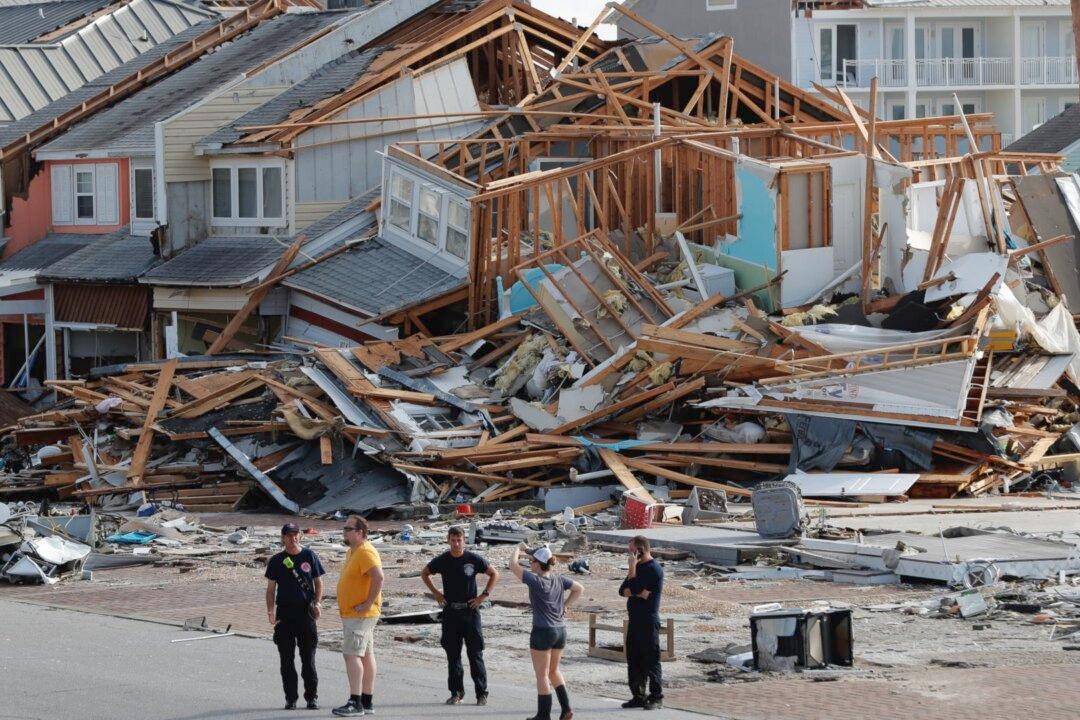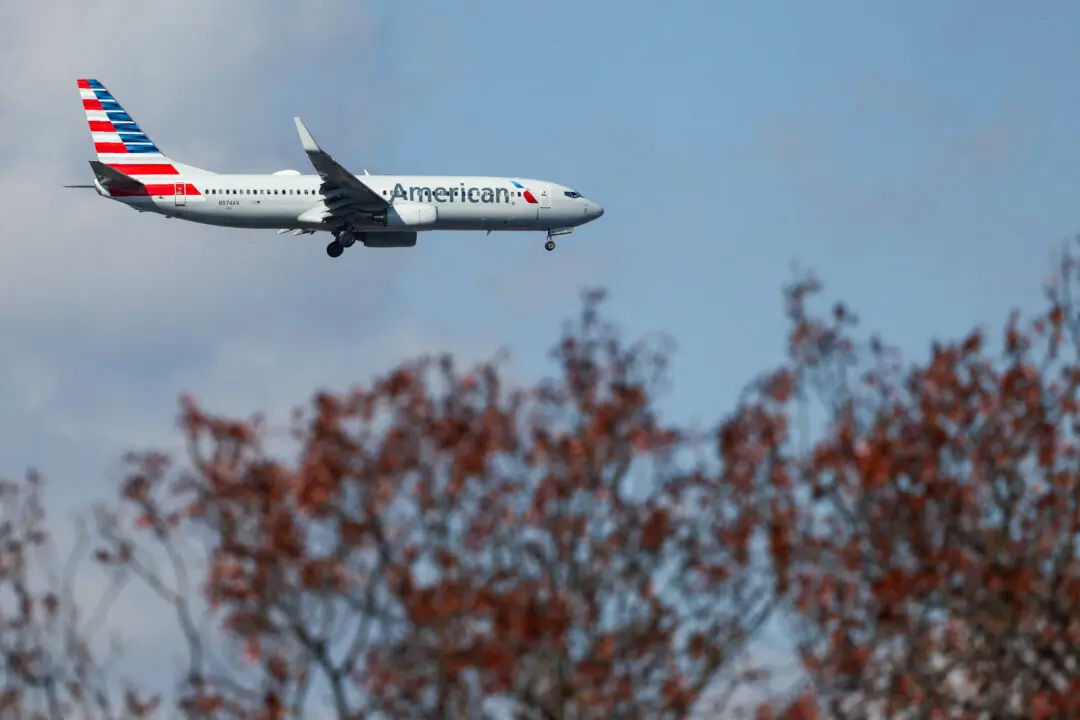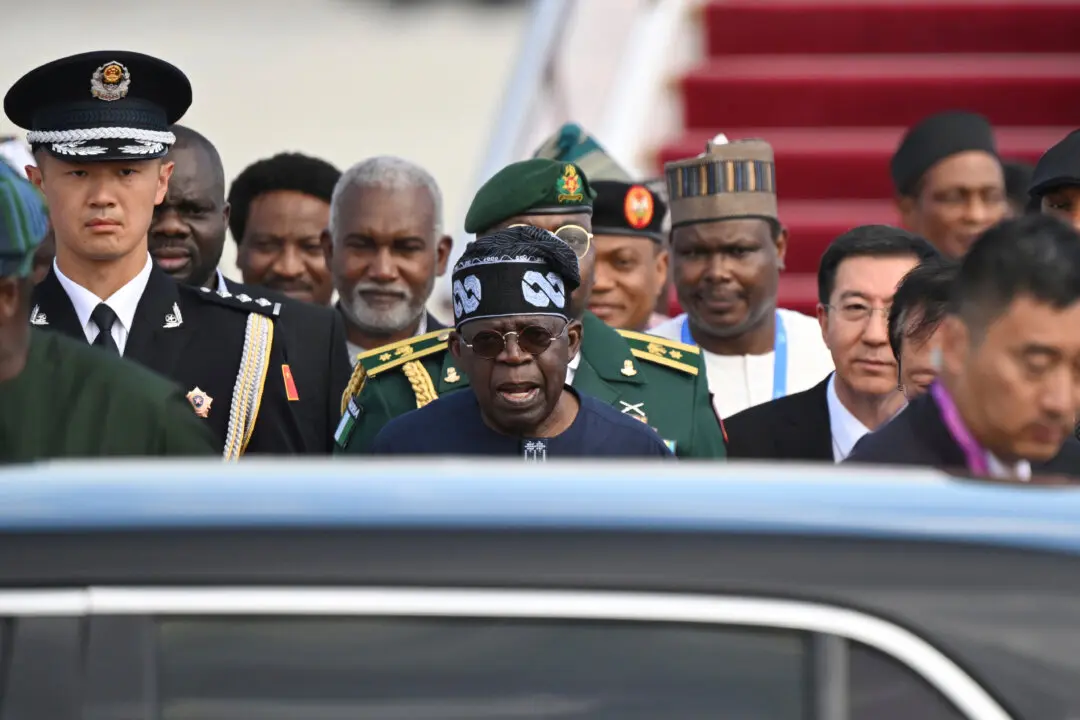MEXICO BEACH, Fla.—The hunt for missing people in the aftermath of Hurricane Michael on Oct. 14 was turning into a search for the dead, as hope of finding more people alive fades in the Florida Panhandle, U.S. officials said.
“We’re going into recovery mode, unfortunately,” said Fire Chief Alex Baird of Panama City, one of the coastal Florida communities clobbered by the hurricane that made landfall Oct. 10 as a Category 4 storm, packing more than 140 mph winds and deadly storm surges.





